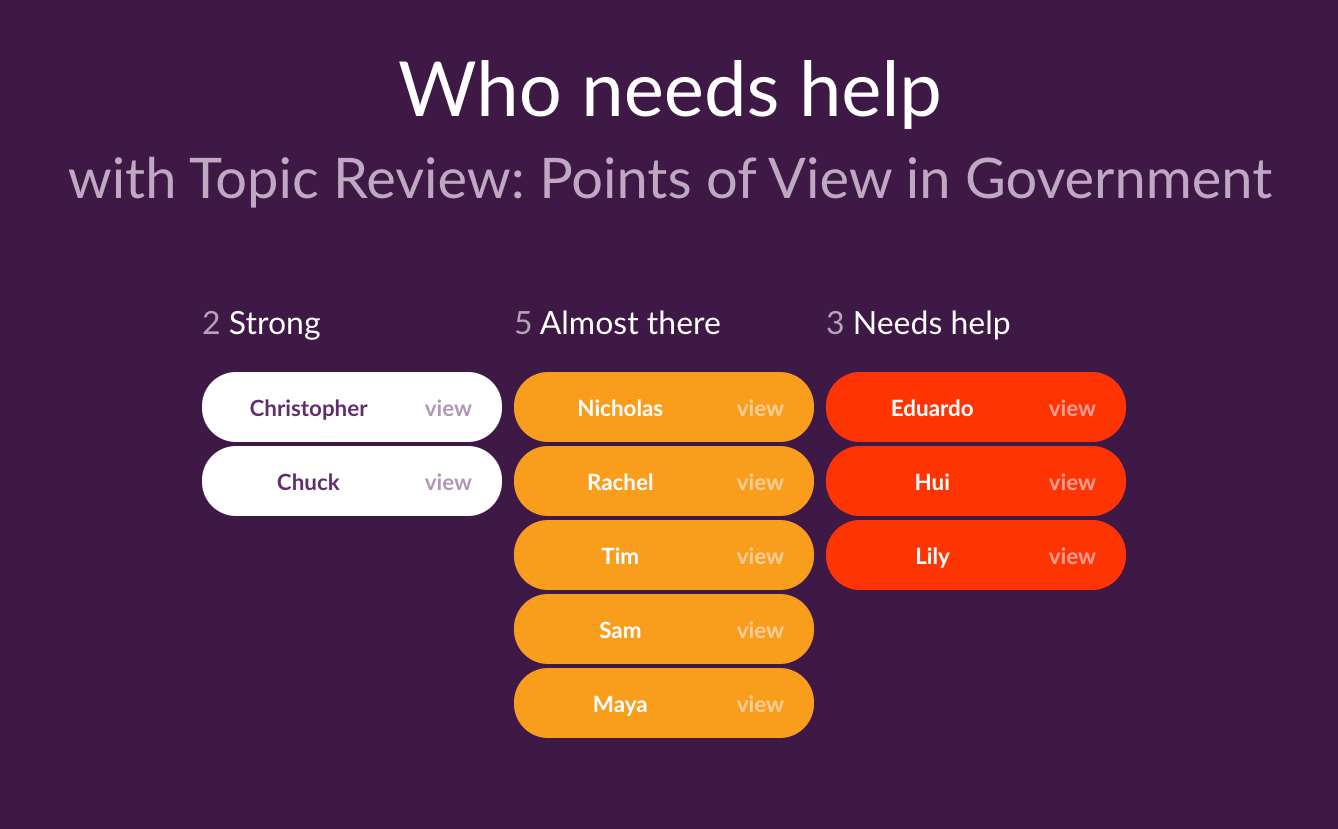The shift to virtual learning has opened up a host of new challenges for teachers and students. In particular, educators are increasingly worried about the emergence of learning gaps. Without the convenient setting of a classroom, it’s become even harder for teachers to grasp what exactly their students are struggling with. There is even a term for this — the “Covid slide”.
What is the “Covid slide”?
The Covid slide refers to the slip in academic performance due to the time spent out of physical classrooms due to the pandemic.
While teachers, administrators, parents and students have all done their utmost to ensure that students are able to continue to learn effectively even while schools have been closed, it is inevitable that the lack of personal teacher-student interaction would affect how students learn. After all, a learning slide happens every summer, so it’s no surprise that school closures have exacerbated this.
So, what can we do to minimize the impact of lost learning time and close learning gaps?
Identifying learning gaps

The first step in addressing learning gaps is to identify exactly where and what those gaps are, and which students struggle with them.
Quizzes are a quick and easy way to formatively assess students on what they have learnt. These can be mini end-of-topic quizzes, or even one covering a few units of a subject. Either way, you want to ensure a good spread and mix of questions to uncover learning gaps.
Quizalize makes it a breeze to tag questions in a quiz to skills in your curriculum.
This means that once a quiz is completed, you get an instant overview of which standards-aligned skills students are struggling with.
It is also good practice to encourage self-reflection among older students when addressing learning gaps. If you have the luxury of time, checking in with students through individual or group chats is a good way of understanding the difficulties they’re facing in school. Another idea is to give students a reflection worksheet to complete after each unit or term, with prompts encouraging them to think about which areas they need help with and which they are doing well in.
Addressing and closing learning gaps
After identifying your students’ learning gaps, it is likely that you’ll find many of them struggling with different aspects of a topic or unit.
You can automatically assign differentiated follow-up activities to students on Quizalize based on their score on a quiz.
Check out this video for how to differentiate with Quizalize:
For more ideas, check out our post on 5 easy strategies for differentiation.
Improvements
Once you’ve addressed the learning gaps through personalized help and revision, you can track if students actually have improved and closed those learning gaps by having them re-take the quiz on Quizalize.
How are you planning to address learning gaps when school reopens in the Fall? Let us know your ideas in the comments below.
[captainform id=”1328284″ lightbox=”1″ miliseconds=”3000″ type=”auto-popup”]

